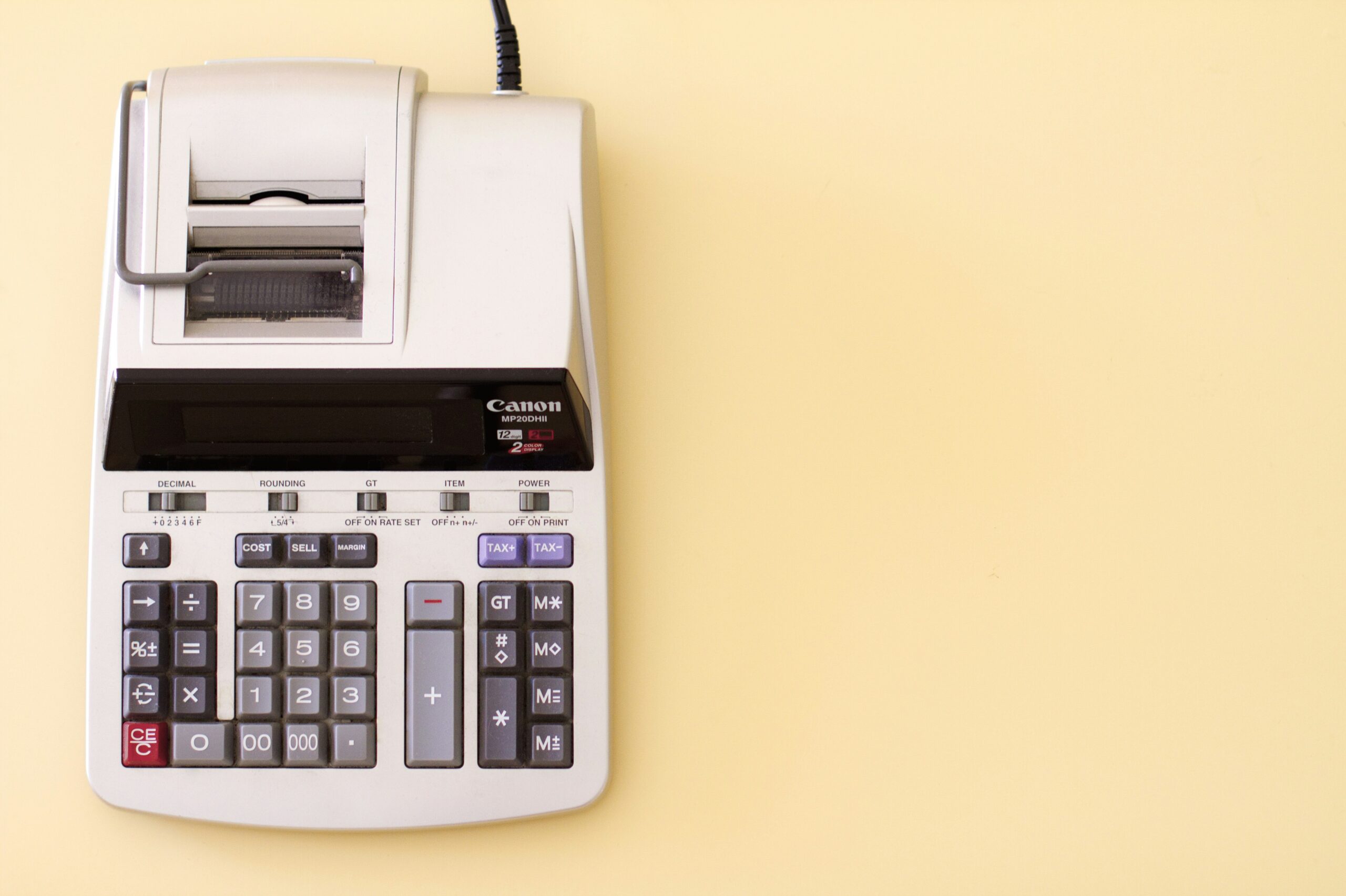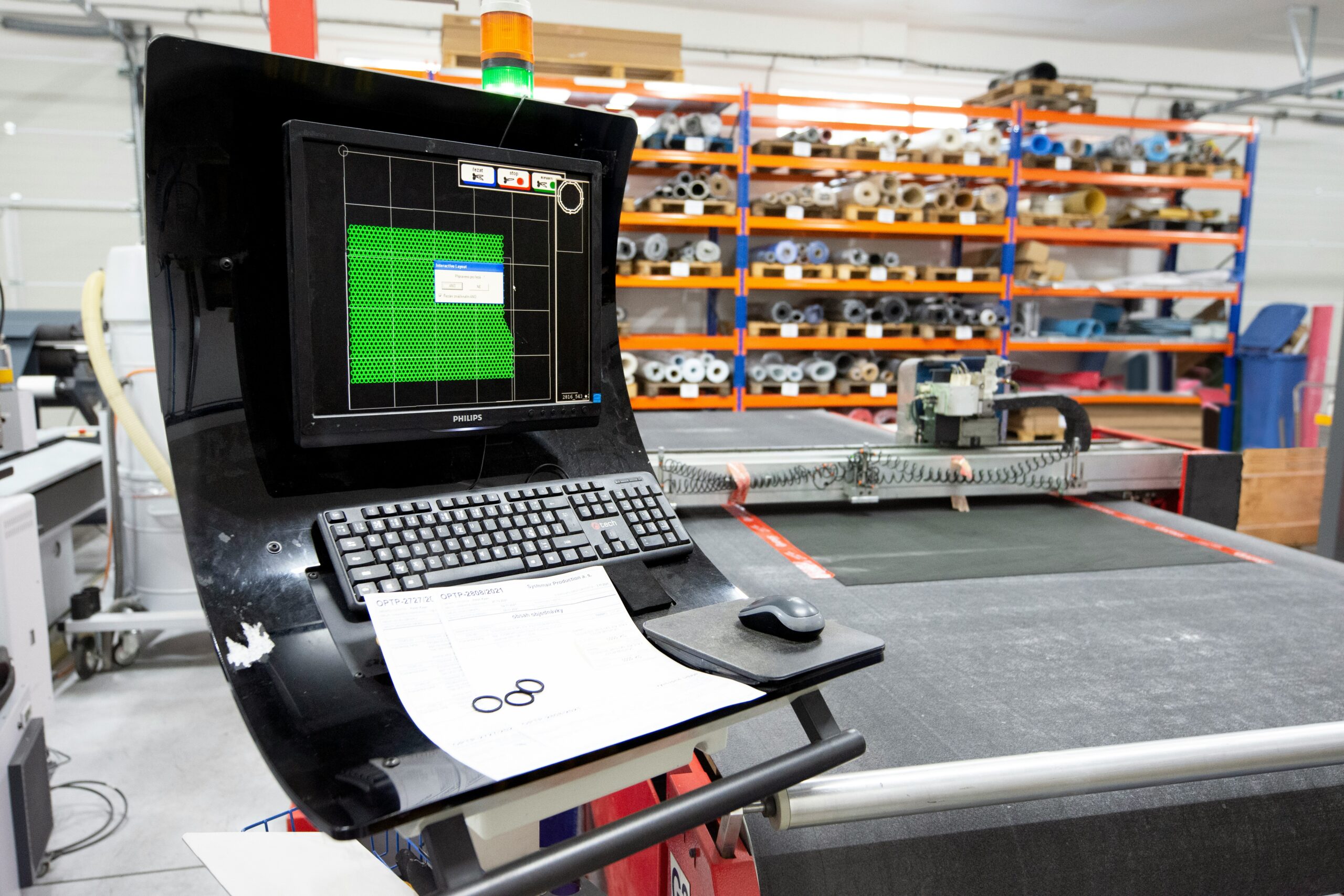What Is Equipment Leasing—and How Does It Work?
If your company is exploring automation (think AMRs, AGVs, conveyors, sensors, control software, integration hardware) you may shy away at first glance because of steep upfront costs. That’s where equipment leasing comes in.
Essentially, leasing is a financial model where instead of buying your automation equipment outright, you “rent” it over a defined period. The vendor or a third-party lessor retains ownership, and you pay regular payments (monthly, quarterly, etc.). At the end of the lease, you might return the equipment, renew the lease, or sometimes purchase at residual value.
Key elements:
- Lease term: How long you’ll pay (e.g. 36, 48, or 60 months)
- Residual value: What the equipment is estimated to be worth at lease end
- Interest or lease factor: The cost of capital embedded in monthly payments
- Maintenance / service: Often included or available as add-ons
- Flexibility: Options to upgrade, trade in, or renew
Because you’re not paying the full cost up front, leasing shifts the burden of capital expenditure (CapEx) into operating expenditure (OpEx). It can also free up credit lines, preserve cash, and reduce financial risk if technology changes.
Turning Large CapEx Into Manageable OpEx
One of the biggest hurdles for automation is the sticker shock. A fleet of AMRs, associated safety systems, software, infrastructure modifications, and controls add up fast. But leasing allows you to break that cost into smaller, predictable payments.
Here’s why that matters:
- Cash flow management: Rather than a lump payment, you spread costs over time.
- Balance sheet advantages: Depending on accounting rules and lease classification, leasing may reduce the impact of large capital assets on debt ratios.
- Upgradability: At lease-end, you can upgrade to the next-gen equipment more easily, avoiding obsolescence risk.
- Bundled service options: Some leases include maintenance, support, or software licensing, making it simpler and more predictable.
- Lower barrier to entry: Especially for small or medium operations, leasing makes automation achievable earlier.
For example: imagine your facility needs five mobile robots and integration hardware, totaling $500,000. Buying outright might strain working capital or require debt authorization. But leasing could allow you to pay $10,000–$15,000 per month over 36–48 months, depending on structure and residual value.
How Leasing Helps You Automate Sooner
Because leasing reduces the upfront financial hurdle, many companies find they can accelerate their automation plans. Here are a few ways leasing helps:
- Faster decision cycle: Less capital commitment lowers internal approval friction.
- Pilot-to-scale flexibility: You can start with a small deployment under lease and expand later.
- Reduced risk: If a particular configuration doesn’t perform as expected, you’re not stuck with sunk capital.
- Holistic packaging: The lease can cover not just robots, but control systems, software, integration, and services, ultimately simplifying procurement.
- Scalable push: As your facility or product mix changes, you can scale up or shift assets into new areas without a full re-buy.
At Konnected Technology, we believe in being more than a vendor. We’re your automation partner. That’s why we can help structure leasing, offer guidance on residual models, and support performance benchmarking so you can make smart decisions.
Reach out to learn which leasing or rental options could work for your business.



